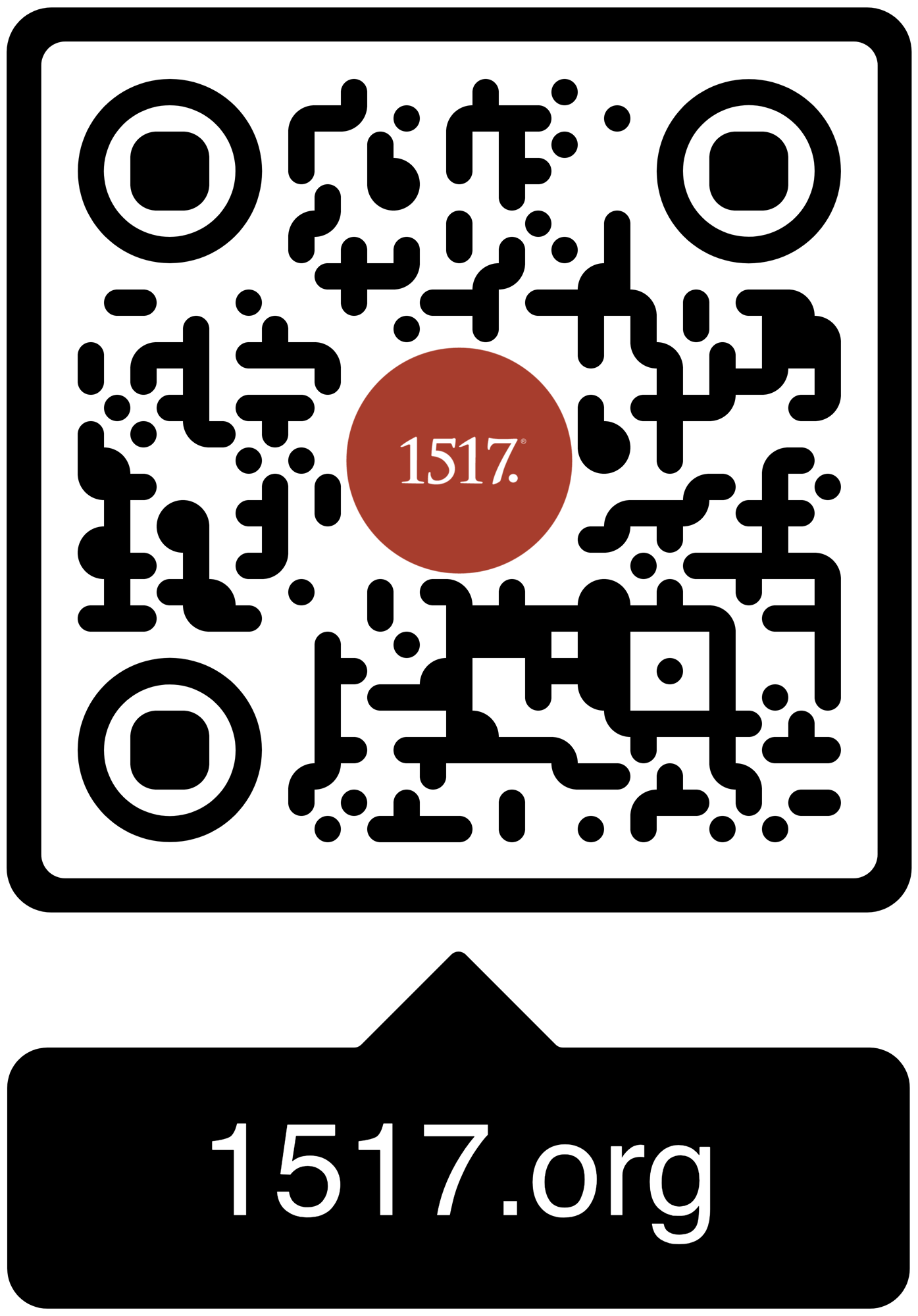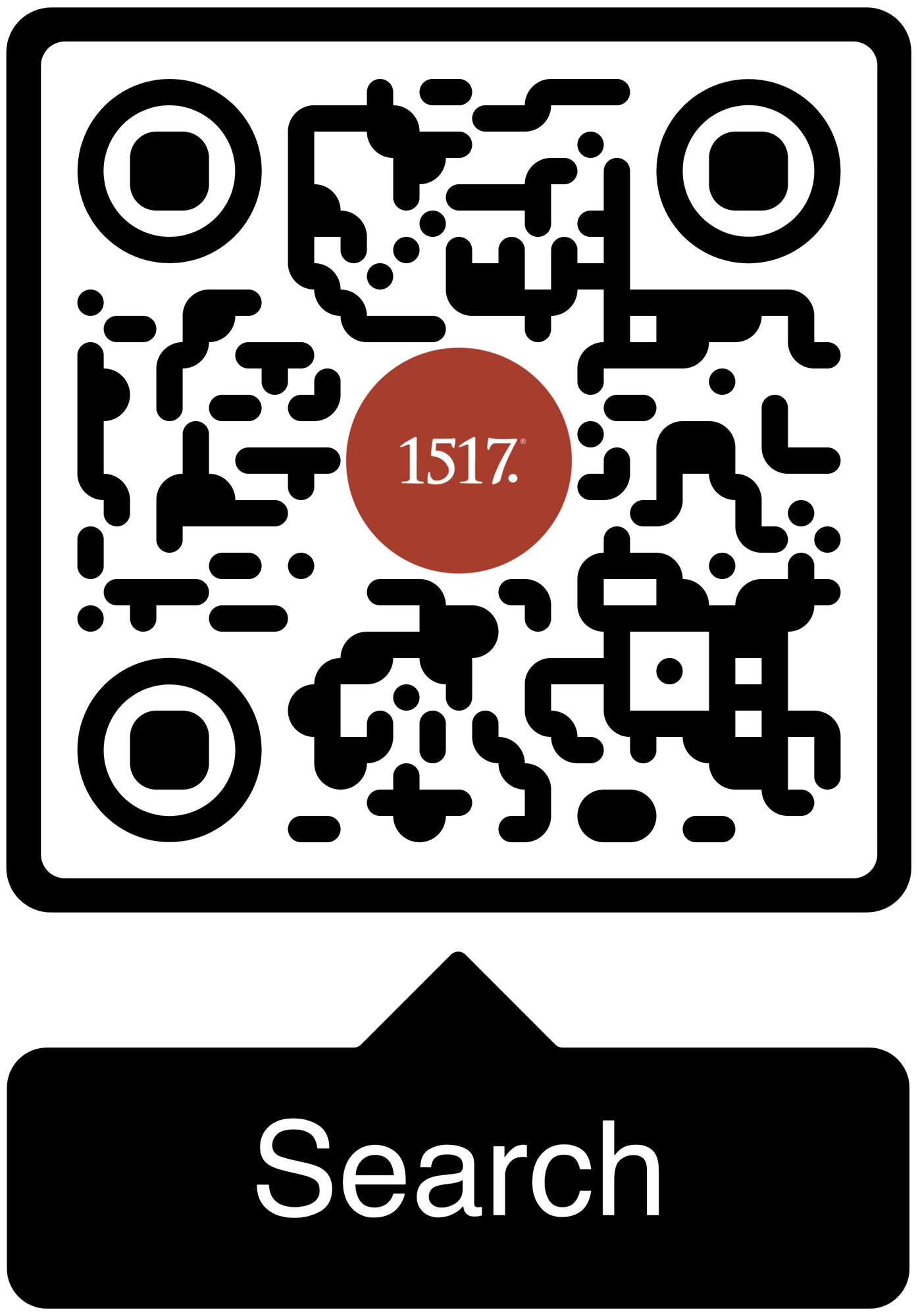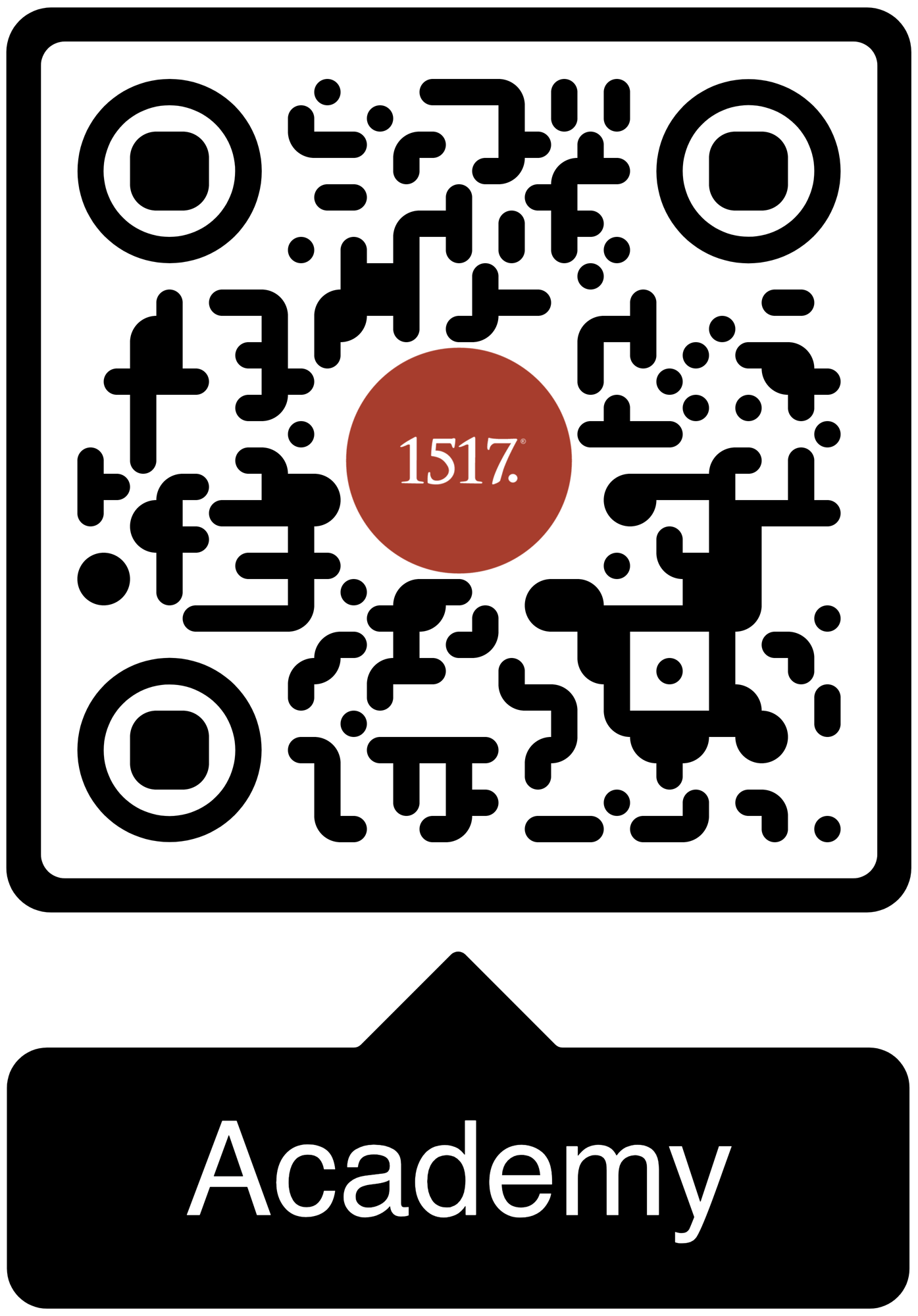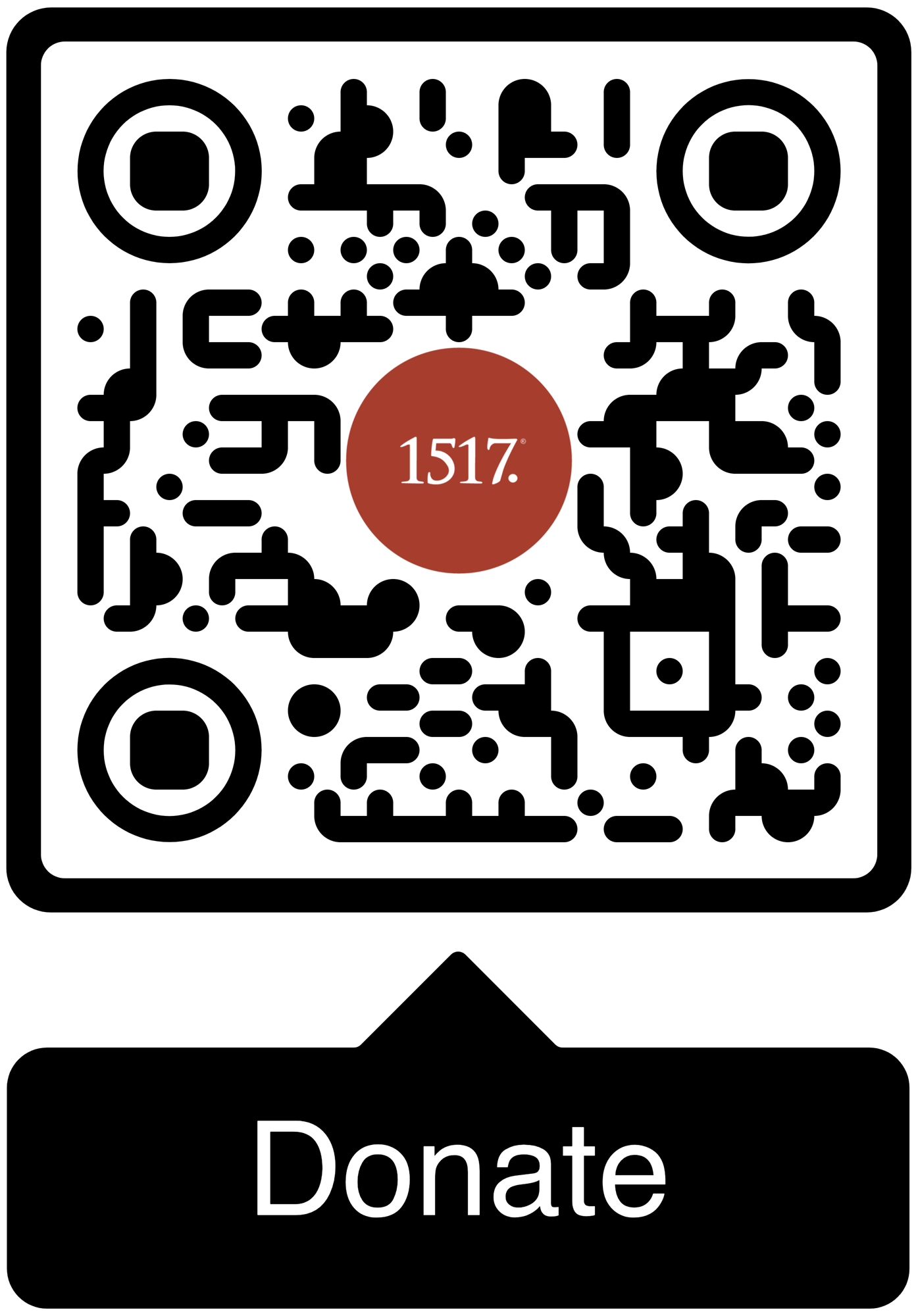It is shocking to hear this word from both these readings, but it is meant to shock us to life, to wake us from the slumber of complacency, to see Christ in our neighbor.
Our Old Testament text for this Sunday is truly heartbreaking. We hear God’s Word against the complacent, the overindulgent, and the unsympathetic. The prophet cries “Woe to those in ease... on beds of ivory... eating lambs from the flock... singing idle songs... drinking wine in bowls and anointed with the finest oils” (verses 1, 4, 5, 6). At first sight, it seems the problem has to do with luxury, but this is not the case. The issue is not possessing nice things, which would be very easy to rail against, but inaccurate. The problem is they “are not grieved over the ruin of Joseph” (verse 6). They are feasting and enjoying things, neglecting those in need, and living a life without fear of the “day of disaster” which is coming soon but not without warning. They have heard the prophets around them speaking about Babylon. The Israelites were even warned by Moses (Deuteronomy 28:36-37) of this punishment. Now, Amos proclaims: “They will now be the first of those who go into exile” (verse 7).
What are they to do?! Repent at the faithful preaching of God’s Word before it is too late. Trust in the Lord who grieves over the ruin of all His people. Return to the God who will bring for them a prophet greater than Amos, even one prophesied by Moses himself (Deuteronomy 18:15-19). Jesus is that greater prophet and He does not overlook anyone. He finds those ruined by sin and those who are neglected and He saves them by His glorious death and resurrection. He is the one who proclaimed the Word which gives eternal life. Our Lord is the one who rebuilt the fallen bridge, the impassable chasm between God and Man, through His vicarious atonement and work of salvation for us. What was lost and ruined in Amos 6:1-7 is rebuilt and renewed by Christ in Amos 9:11-12:
“In that day I will raise up the booth of David that is fallen and repair its breaches, and raise up its ruins and rebuild it as in the days of old, that they may possess the remnant of Edom and all the nations who are called by my name.”
Jesus is the Son of David and our Messiah who was raised up to repair the breach between God and man made by sin. By Him we possess salvation and eternal comfort in Heaven itself.
In light of all this, Amos makes the Gospel lesson from Luke 16:19-31 so very interesting. Because, again, it would be easy to assume that the sin is wealth in both readings, but this is not the case at all. The rich man’s problem is he is complacent, overindulgent, and unsympathetic, like the people in Amos’ day. Hear the echoes of Amos in verse 19 of our Gospel reading: “Clothed in purple,” “feasting sumptuously every day.” This rich man has the same carefree life as Amos’ audience. He is completely ignorant of the doom that has suddenly come upon him.
But again, his sin is not luxury. It is that he has ignored the ruined man laid at his very gates. Clearly, someone unknown in the story thought that by bringing this invalid to the rich man’s gates, he would receive charity. That is why they laid Lazarus there every day. From the overabundance of his wealth this rich man could have and should have helped Lazarus. But he was left to be eaten alive by the dogs and left to die.
Jesus is the Son of David and our Messiah who was raised up to repair the breach between God and man made by sin.
Then in death, which is the great equalizer of both the rich man and Lazarus, they meet up again. The poor ruined man is in Heaven and the rich, satisfied man is in Hell. Lazarus was received into Paradise by grace through faith and the rich man was in Hell because of unbelief. Heaven is described in the Old Testament as “resting with our Fathers.” This invalid receives from God the comfort that his faith hoped and trusted in. The rich man received comfort in life that was not his. It was all a gift from God, so that in loving and serving his neighbor he can appreciate the gift of Lazarus on his doorstep, the other, who would have received relief in life from the gifts of God given through others. None of those riches truly belonged to the rich man. They were all gifts from God to love and serve his neighbor. But it would not be this rich man’s works that would save him. His inaction shows his heart is full of sin. The only saving that happens in both texts would be in the action of God.
When God sends His only begotten son as the Davidic Messiah, the promised blessing of Abraham, the one who called the real-life Lazarus forth from his grave (John 11:43-53; 12:9-11), we see a promise fulfilled and a graciousness that intervenes at just the right time. It would only be in Jesus that the true riches of Heaven would be given for all. None would be passed over or neglected. He would come for all and would not fail at any point to save and comfort the lost. He would come from the grave just as Moses and the prophets testified and all who believe on account of Him will be saved. There is comfort in that word of warning. It is shocking to hear this word from both these readings, but it is meant to shock us to life, to wake us from the slumber of complacency, to see Christ in our neighbor. Those who suffer around us need the gifts God has given us. Opening our eyes to those within our reach and influence helps us to see the suffering Christ around us and for us. Jesus is giving us the gifts of grace, salvation, and eternal comfort in Him.
When moving towards ordering your experience of the sermon I would suggest the Law/Gospel Structure for a sermon on these texts.
“This sermon structure organizes the sermon on the basis of two experiences that God’s word creates in the lives of the hearers: Repentance and trust in the work of Christ for the forgiveness of one’s sins. This structure has similarities to the problem-solution structure (of the thematic designs) and the Lowry-loop structure (of the dynamic designs), and it has recently been popularized by Paul Scott Wilson in The Four Pages of the Sermon.
At its heart, the law/gospel sermon structure is divided into two parts, law proclamation and gospel proclamation, with greater attention preferably devoted to the gospel proclamation. In each section, the preacher references both the text and the lives of the hearers (sometimes starting with the text and then moving to the hearers; sometimes starting with the hearers and then moving to the text). The first portion focuses upon law proclamation: It depicts the sin or trouble that is present both in the life situation of the text and in the contemporary lives of the hearers. The second portion focuses upon gospel proclamation: It depicts God’s gracious intervention to forgive people their sins both in the life situation of the text and in the contemporary lives of the hearers.
In using this structure, the preacher needs to be careful that he is not misusing the text. For example, a preacher could select one word from the text (like “prayer”) and using that word, create an experience of law for the hearers (for example, we do not pray as we ought) and then an experience of gospel (for example, Jesus prays for us on the cross, asking God to forgive our sins for the sake of his suffering and death) regardless of what that word meant in its original context.”[1]
------
Additional Resources:
Craft of Preaching-Check out out 1517’s resources on Amos 6:1-7.
Concordia Theology-Various helps from Concordia Seminary in St. Louis, MO to assist you in preaching Amos 6:1-7.
Lectionary Kick-Start-Check out this fantastic podcast from Craft of Preaching authors Peter Nafzger and David Schmitt as they dig into the texts for this Sunday!
The Pastor’s Workshop-Check out all the great preaching resources from our friends at the Pastor’s Workshop!
----
[1] https://concordiatheology.org/sermon-structs/dynamic/lawgospel-structure/





